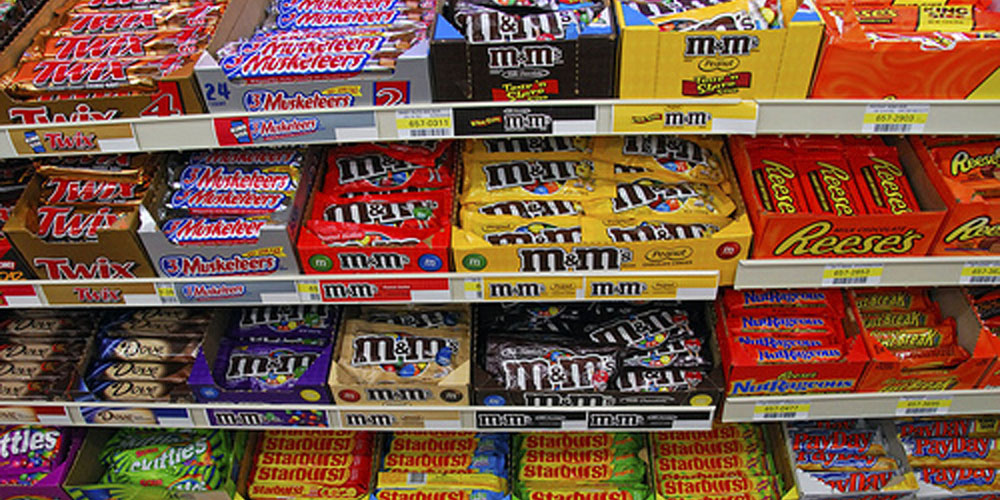

The other innovation that came from Martoccio himself was a coating for his candy bars to keep them from melting in warm temperatures, which was a problem for summer candy bar sales. The Milkshake was discontinued in the early 80s, but has quite a cult following. Its nougat was also lighter and fluffier than the Milky Way and could be frozen and eaten like an ice cream bar in the summer. The Hollywood Company counteracted Mars in 1927 with introduction of the Milkshake bar, which like the Mars had caramel and nougat covered in chocolate, but their nougat had a more malted flavor than the Milky Way. This was later copied by Frank Mars in his Milky Way bar, which he introduced in 1923, and later with his Snickers and Mars bars. Pendergast Candy had discovered, by happy accident, the way to make a fluffy nougat for candy bars, which were taking off around the first world war. Two innovations came out of Hollywood Candy company. He moved the entire operation to Centralia, Illinois, in 1938. In 1927 he purchased the Pendergast Candy Company of Minneapolis and changed the name to Hollywood brands in 1933. Frank had bought the defunct Pratt and Langhoft Candy factory in 1911 to replace one of his macaroni factory’s machines that had burned out. The Payday Candy bar was marketed during the Great Depression as a meal replacement because of its dense peanut outer layer – perhaps the beginning of the energy bar industry. The Payday Candy bar was first introduced in 1932 by the Hollywood Candy company of not Hollywood, California, but of Hollywood, Carver County, Minnesota by former macaroni maker Frank Martoccio, an accidental entrant into the competitive candy market.

And, as it turns out, it was offered at the same time as the company’s other candy bar, the Payday, and may have first been called the Sundae Nut Bar, which was the grandfather to the Payday Bar. Reading the ingredients, the Tuesdae bar was a peanut based candy bar around a whipped corn syrup nougaty-caramel like center. So, of course, I had never heard of the candy bar, nor its maker, the Hollywood candy company, which the wrapper said existed in Centralia, Illinois, outside of Chicago. The original tab insert of the 1940s Tuesdae bar, showing it about one quarter inch smaller than today’s candy bars. After dampening the wax paper, I unfolded the wrapper flat, as wrapper collectors recommend for preservation. It even contained the original cardboard tab that the candy bar sat on, showing its small size compared to today’s candy bars, which are about one quarter inch larger than war era candy bars. It was from the 1940s and was in its original, but incredibly brittle wax paper wrapper. So I was super-excited over the weekend to find a Tuesdae Candy Bar wrapper at the Lawrenceburg Antiques fair for a buck. That’s because it’s truly an American food invention, and there were hundreds, maybe even thousands of local and regional candy bars that have since gone the way of the dodo bird. I’m a sucker for finding an historic candy bar wrapper and the story it tells. A 1940s Tuesdae Candy bar wrapper I scored at the Lawrenceburg Antiques Fair.


 0 kommentar(er)
0 kommentar(er)
